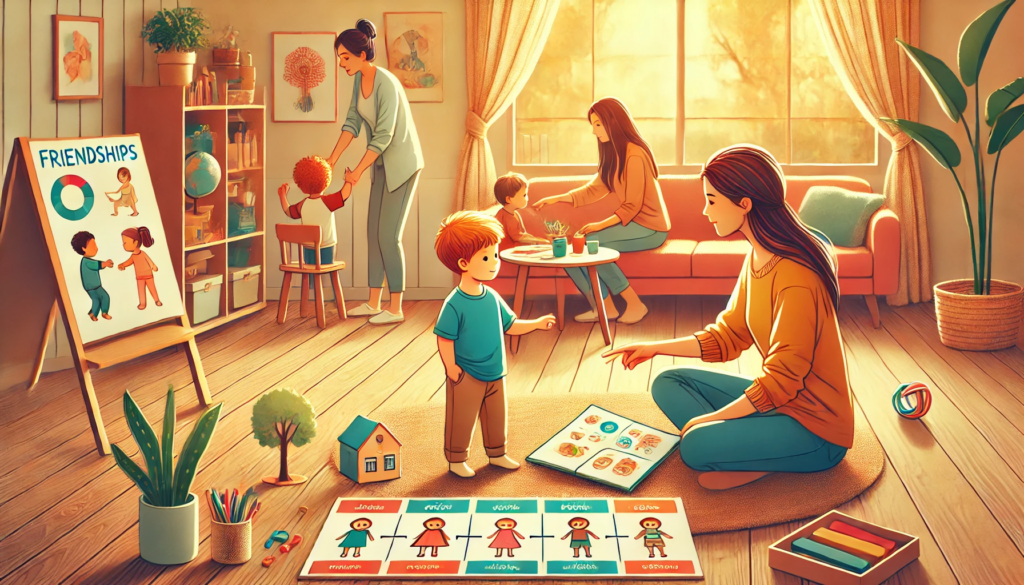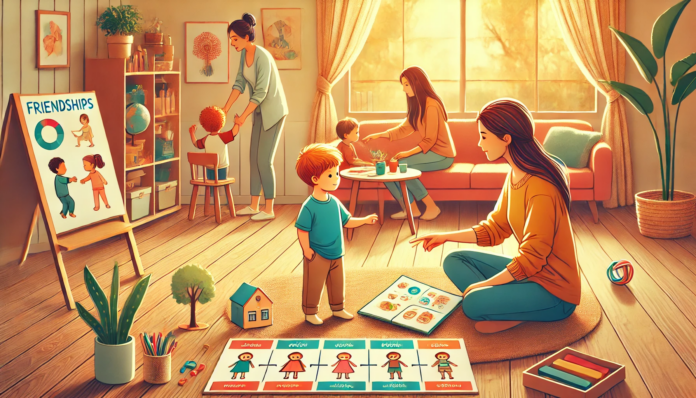
Friendships are a cornerstone of social development, yet children on the autism spectrum often face unique challenges in understanding and navigating these relationships. Parents play a crucial role in helping their children develop healthy, balanced friendships while avoiding the pitfalls of being taken advantage of due to social naivety. This guide offers practical strategies to support children in building reciprocal, meaningful friendships.
Understanding Relationship Reciprocity
Reciprocity in friendships means that both parties contribute equally to the relationship. A balanced friendship involves mutual respect, shared interests, and emotional support. Children with autism may struggle with social cues, making it harder for them to identify when a friendship is one-sided or manipulative.
Teaching Children the Fundamentals of Balanced Friendships
- Define Friendship Clearly
Explain what a healthy friendship looks like. Use social stories, role-playing, or visual charts to demonstrate friendship traits like kindness, turn-taking, and mutual enjoyment. - Encourage Self-Advocacy
Teach your child that their feelings and needs are just as important as their friend’s. Practice phrases they can use to express discomfort, set boundaries, or seek support when needed. - Recognize Red Flags in Friendships
Help your child identify signs of an unbalanced friendship, such as:- Feeling pressured to give away belongings or money
- A friend who only seeks them out when they need something
- Being ignored or excluded when new people are around
- Constantly doing things the other person wants without their own preferences being considered
- Promote Social Skills in a Safe Environment
Structured social skills groups or guided playdates allow children to practice healthy interactions. Reinforce key skills like turn-taking, active listening, and sharing opinions in a supportive setting. - Teach Exit Strategies for Unhealthy Friendships
Give your child the tools to step away from friendships that do not respect their boundaries. Help them script responses like:- “I don’t feel comfortable doing that.”
- “I’d rather play with someone who listens to me too.”
- “I need a break from this friendship right now.”
- Model Healthy Friendships
Children learn by observing. Demonstrate balanced relationships in your own life, discussing how you handle conflicts, support your friends, and maintain boundaries.
Building Confidence in Social Situations
Encouraging participation in structured activities where social norms are clear can help children build confidence. Clubs, sports teams, or shared interest groups provide natural opportunities for friendships to develop with guidance from trusted adults.
Conclusion
Friendships should be a source of joy and support, not stress or imbalance. By equipping children with the skills to recognize and foster healthy friendships, parents can empower them to navigate the social world with confidence. Teaching relationship reciprocity not only protects children from being taken advantage of but also helps them cultivate genuine, rewarding connections.
